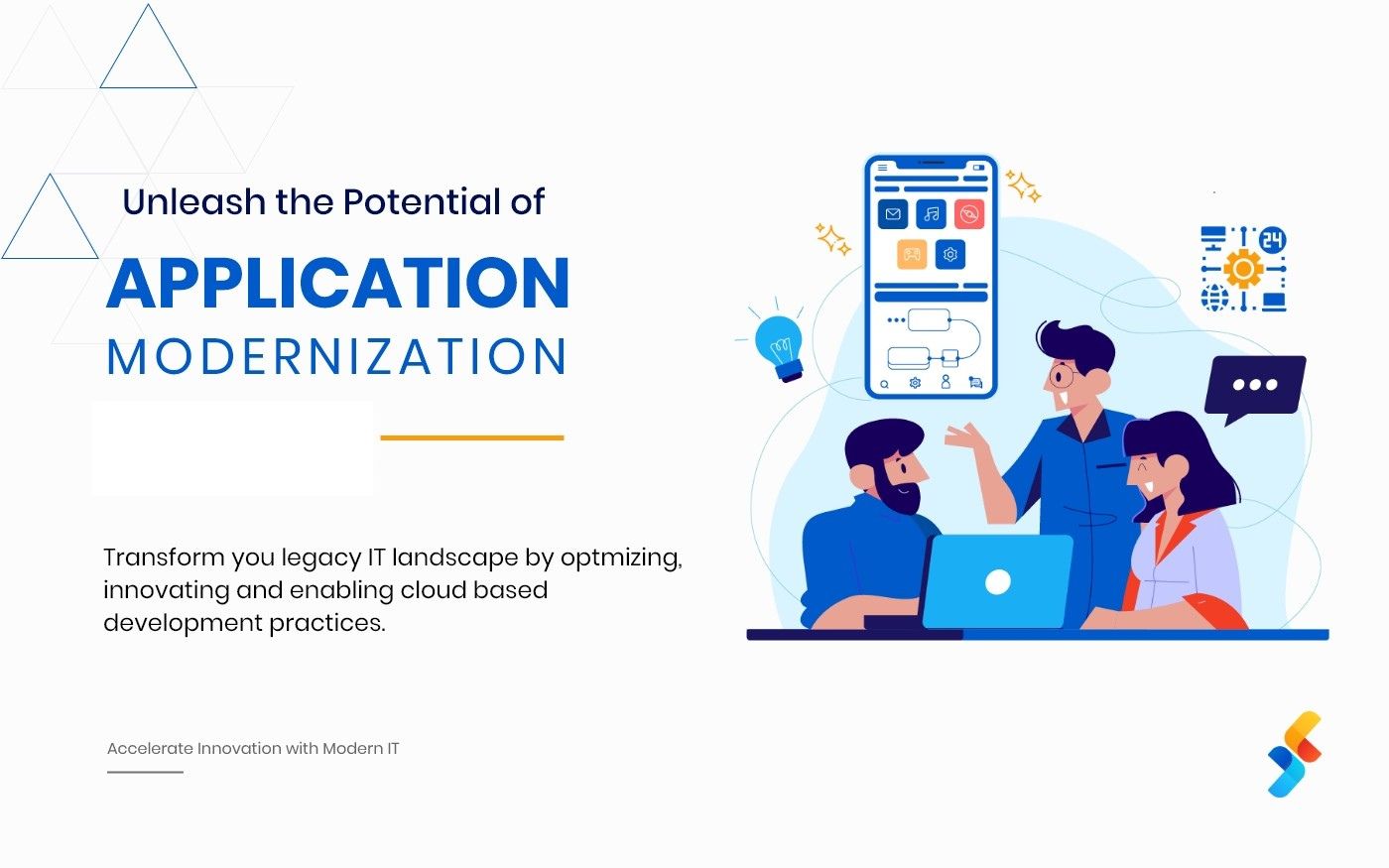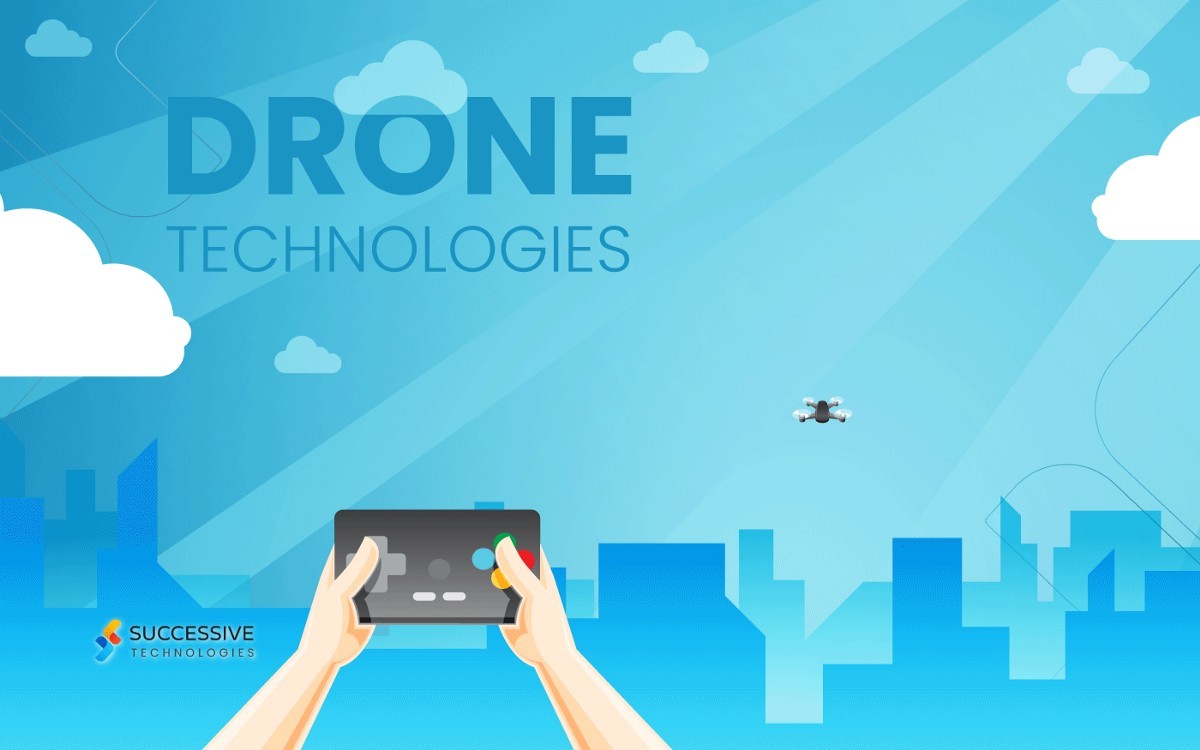The world we live in is dynamic, in fact, the only sure-fire constant that you may find in it is the fact that change here, is a rather constant set of affairs. When we narrow down our view of the world to software and technology this seems to take a whole other meaning, not only is change constantly occurring, it is occurring so rapidly that even the best of our brains have difficulty keeping up with it.
This brings us to a very interesting question- how can the various applications and other software on your electronic devices accommodate such a variety of change and that too this fast? This question lies in the mind of all developers, before they even launch a new application, for example, they build it already capable of inculcating new updates, etc. Now comes the question of rapidity. Earlier the applications used to have monolithic architecture. Under this, the entire application was built as one independent unit. This resulted in any induction of change to be an extremely time-taking and tedious process as any change affected the entire system- even the most minuscule modification to even a tiny segment of the code could require the building or deployment new version of the software.
But the world as we know it needed to be much faster than that, this where Microservices came and replaced Monolith applications. Microservice architecture or as it is popularly known- Microservices is today one of the foundation components of creating a good application aimed and precise and immersive delivery of service. It is a style of Architecture that designs the application as an amalgamation of services that can easily be maintained over a long period of time and deployed if need be both with one another or independently. It tackles the problems posed by earlier models by being modular in every single aspect. It is a rather distinctive method of creating systems of software that emphasizes the creation of single-function modules with strictly defined operations and interfaces.
Since there are no official templates available to either design or develop or even base microservice architecture upon, providers of these services often find themselves in a more creative space than usual, however over time there has come some uniformity in types and characteristics of services offered or how this architecture is developed. Topping the charts, of course, is its uncanny ability to be divided into numerous components with each being able to be tweaked and redeployed independently so if one or more service is to be changed, the developers do not have to undertake the gargantuan task of changing the entire application.
Another defining characteristic carried by it is the simple fact that this is built for business. In previous architectures the traditional approach with separate teams for User Interface, Technology layers, Databases, and other services and components was present. Microservice comes with the revolutionary idea of cross-platform teams, with each team being given the task of developing one or more very specific products based on any number of services (as available within the architecture) with the help of a message bus for the purpose of communication. It functions on the motto- “You build it, you run it.” Hence these teams are allowed to assume ownership of their developed product for its lifetime.
Another well-founded achievement of Microservices is its quality of resistance to failure. The probability of failure is extremely plausible since a number of services which on their own are quite diverse as well are continuously communicating and working together. The chance of a service failing is rather high. In such cases, the client should withdraw peacefully allowing other services around its function. Moreover, Microservices come with the ability to monitor over these services which exponentially reduces these chances of failure, and if and when one service or the other does fail it is thus well equipped to cope up with it.
As you may realize reading thus far, that Microservice architecture in all its application and potential seems to be a design capable of bringing a revolution in the industry, hints of which have already been seen as it has efficiently and rather completely replaced the traditional monolith models. It is an evolutionary design and it is an ideal choice for a designer who is unable to anticipate the types of changes that product may have to undergo in the future. In fact, it is built to accommodate unforeseen changes and that is why as development becomes more and more rapid a larger share of industry is switching from Monolithic to Microservices.
Some of the big players adding to its prestige are Netflix and Amazon. Both requiring one of the most widespread architectures possible in the industry. They get a number of calls from a variety of devices which would simply have been impossible to be handled by the traditional models they used before that.
One major drawback faced globally among Microservices enthusiasts is the fact that the logic, schema and other information that would otherwise have been the company’s intellectual property implicit their own minds now have to be shared across the various cross-platform services. But there is no way around it, in the world around us where most software is being developed over cloud environments this is more or less a philosophical question that whether we should even keep a secret. But along with this aby accepting regression tests and planning around backward compatibility a lot of such tricky scenarios could easily be avoided. Anyway, compared to the ocean of benefits that one receives from Microservice architecture it can remain a rhetorical question whether companies have any other options available. The pros outweigh the cons by far and in the coming times, this is going to be even more sought after model than it is now.












